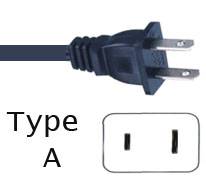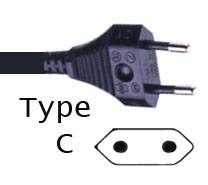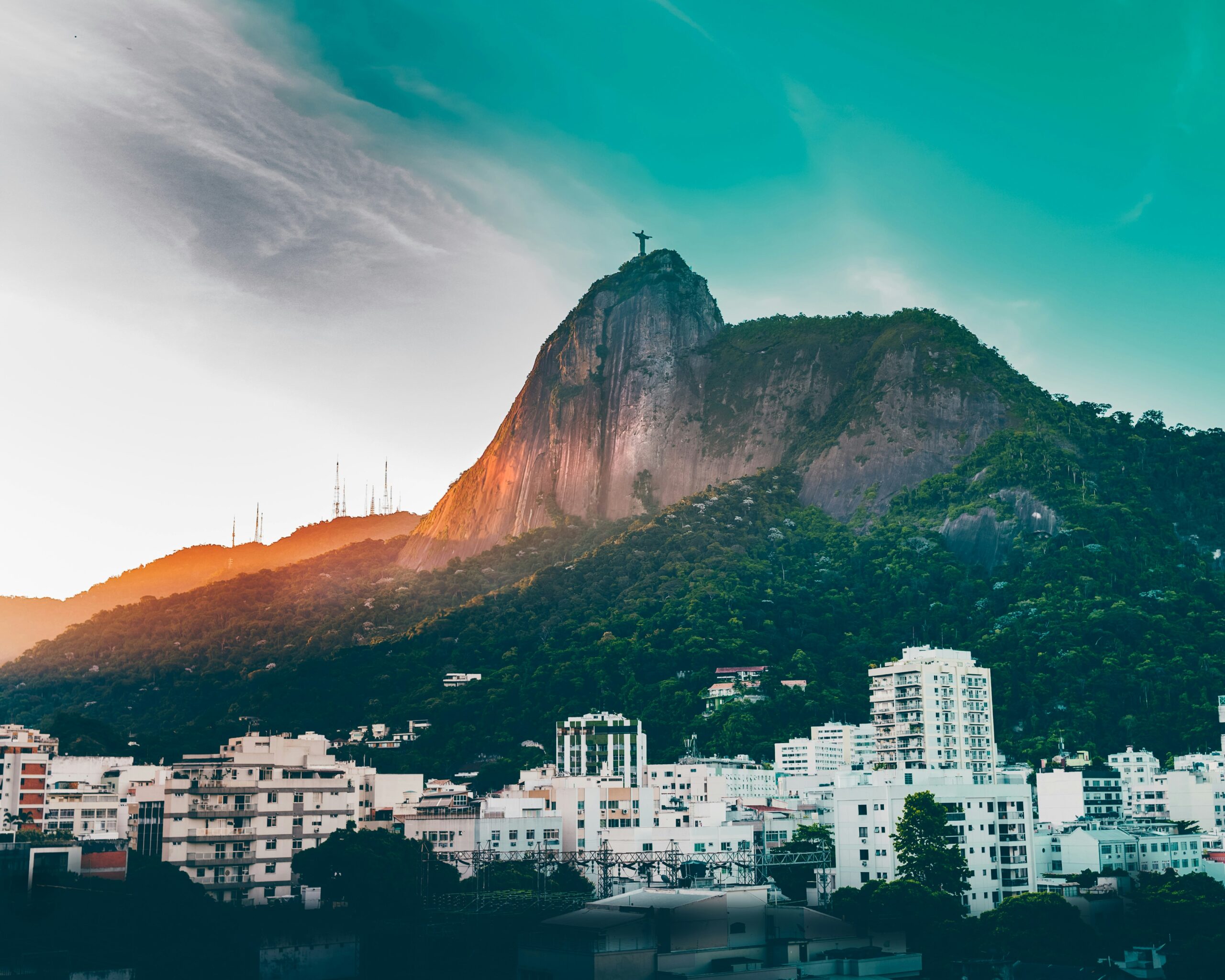Peru, located in western South America, is a country of rich history, stunning landscapes, and vibrant cultural heritage. From the majestic peaks of the Andes Mountains to the ancient ruins of Machu Picchu and the diverse ecosystems of the Amazon Rainforest, Peru offers travelers a wealth of experiences. Explore the colonial charm of Lima, trek along the Inca Trail to Machu Picchu, or discover the fascinating traditions of Peru’s indigenous communities. With its world-class cuisine, colorful festivals, and warm hospitality, Peru invites visitors to immerse themselves in its captivating beauty and ancient mysteries.
Ultimate Peru Travel Guide
Destinations
Best time to go
The best time to visit Peru depends on the region and the activities you have planned. Generally, the dry season (May to September) is ideal for visiting the Andes Mountains, including Machu Picchu, while the wet season (December to March) offers lush landscapes and vibrant wildlife in the Amazon Rainforest. Keep in mind that Peru’s climate varies widely depending on the region and altitude, so it’s essential to research specific destinations before planning your trip.
Average Temperature By Month
January: 20°C to 30°C (68°F to 86°F)
February: 20°C to 30°C (68°F to 86°F)
March: 20°C to 30°C (68°F to 86°F)
April: 20°C to 29°C (68°F to 84°F)
May: 19°C to 27°C (66°F to 81°F)
June: 18°C to 25°C (64°F to 77°F)
July: 17°C to 24°C (63°F to 75°F)
August: 17°C to 25°C (63°F to 77°F)
September: 17°C to 26°C (63°F to 79°F)
October: 18°C to 27°C (64°F to 81°F)
November: 19°C to 28°C (66°F to 82°F)
December: 20°C to 29°C (68°F to 84°F)
What To Expect
Time Zone:
Peru operates on Peru Standard Time (PET), which is five hours behind Coordinated Universal Time (UTC-5).
Currency:
The official currency of Peru is the Peruvian Sol (PEN). US dollars are widely accepted in major cities and tourist areas, but it's advisable to carry local currency for smaller purchases and when visiting rural areas.
Language:
Spanish is the official language of Peru and is spoken by the majority of the population. Indigenous languages, such as Quechua and Aymara, are also spoken, particularly in rural areas and among indigenous communities.
Airport:
Peru has several major international airports, including Jorge Chávez International Airport (LIM) in Lima, Alejandro Velasco Astete International Airport (CUZ) in Cusco, and Padre Aldamiz International Airport (IQT) in Iquitos. These airports serve as gateways to Peru and offer connections to destinations around the world.
How To Get Around
Public Transportation: Peru’s major cities have comprehensive public transportation systems, including buses, taxis, and micros (minibusses). In Lima, the Metropolitano bus system and the Lima Metro are the most common modes of transportation. In rural areas, transportation options may include colectivos (shared taxis) and rickshaws.
Rental Cars: Renting a car is possible in Peru, but it’s less common than in other countries due to the condition of roads and the prevalence of driver services. Car rental agencies are available in major cities and at international airports.
Domestic Flights: Domestic flights are available between major cities and regional airports. Several airlines operate domestic routes, providing convenient connections across the country.
Average Temperature By Month:
January: 20°C to 30°C (68°F to 86°F)
February: 20°C to 30°C (68°F to 86°F)
March: 20°C to 30°C (68°F to 86°F)
April: 20°C to 29°C (68°F to 84°F)
May: 19°C to 27°C (66°F to 81°F)
June: 18°C to 25°C (64°F to 77°F)
July: 17°C to 24°C (63°F to 75°F)
August: 17°C to 25°C (63°F to 77°F)
September: 17°C to 26°C (63°F to 79°F)
October: 18°C to 27°C (64°F to 81°F)
November: 19°C to 28°C (66°F to 82°F)
December: 20°C to 29°C (68°F to 84°F)
Plugs:
Peru uses electrical outlets that are compatible with Type A and Type C plugs. Type A plugs have two flat parallel pins, while Type C plugs have two round pins. The standard voltage is 220 volts AC, with a frequency of 60Hz.
VPN:
While internet access in Peru is generally available, using a virtual private network (VPN) can provide added security and privacy, especially when accessing public Wi-Fi networks.
Safety:
Peru is considered a safe destination for travelers, but it's essential to take standard precautions to ensure your safety and well-being. Be mindful of your belongings, particularly in crowded tourist areas and when using public transportation. Avoid walking alone at night, especially in poorly lit areas, and be cautious in unfamiliar surroundings. Additionally, stay informed about local customs and traditions, and respect the cultural diversity of Peru's population.
Credit Cards and Banks
Credit Cards:
Credit card acceptance in Peru is widespread, especially in urban areas, tourist destinations, hotels, restaurants, and larger shops. Visa and MasterCard are the most commonly accepted cards, followed by American Express and Diners Club. Contactless payments, including Apple Pay and Google Pay, are also becoming increasingly common.
Debit Cards:
Debit cards are commonly used in Peru for ATM withdrawals and some purchases. Most banks issue debit cards that can be used domestically and internationally. Make sure to inform your bank of your travel plans to avoid any issues with card usage abroad.
ATMs:
ATMs are readily available in cities, towns, and tourist areas throughout Peru, allowing you to withdraw Peruvian Soles (PEN) or US dollars (USD). Most ATMs accept international cards, but it’s advisable to use ATMs located inside banks or major shopping centers for security. Some ATMs may have withdrawal limits, so plan accordingly.
Currency Exchange:
The official currency of Peru is the Peruvian Sol (PEN). It’s recommended to carry Peruvian Soles for transactions in Peru. However, US dollars are also widely accepted, especially in tourist areas. You can exchange major foreign currencies at banks, currency exchange booths, and some hotels.
Banks:
Major banks in Peru include:
- Banco de Crédito del Perú (BCP): One of the largest banks in Peru, Banco de Crédito del Perú offers a wide range of banking services including savings accounts, loans, and foreign exchange.
- Interbank: Another prominent bank in Peru, Interbank provides various banking products and services for individuals and businesses.
Traveler’s Checks:
Traveler’s checks are becoming less common worldwide, and their usage is limited in Peru. It’s recommended to carry cash or use alternative payment methods such as credit/debit cards or ATMs for transactions. However, some banks may still offer services for cashing traveler’s checks, albeit with a fee.
Tips for Banking in Peru:
- Notify your bank before traveling to Peru to inform them of your travel plans and avoid any issues with card usage abroad.
- Keep your PIN and card information secure, and be cautious when using ATMs, especially in secluded areas or at night.
- Familiarize yourself with the current exchange rate to ensure fair transactions when exchanging currency.
- Carry small denominations of Peruvian Soles for smaller purchases, as change may be limited.
By understanding the banking system in Peru, you can ensure a smooth and hassle-free financial experience during your travels in the country.
Locations
Peru
TRAVEL FACTS
US State Dept Travel Advisory
The US Department of State currently recommends US citizens Reconsider Travel and exercise increased caution due to crime, civil unrest, and the possibility of kidnapping. Some areas have increased risk. Consult its website via the link below for updates to travel advisories and statements on safety, security, local laws, and special circumstances in this country.
https://travel.state.gov/content/travel/en/traveladvisories/traveladvisories.html
Passport/Visa Requirements
For the latest passport and visa requirements for this country, please consult the U.S. State Department’s “Learn About Your Destination” search tool, available through the link below.
US Embassy/Consulate
[51] (1) 618-2000; US Embassy in Lima, Avenida La Encalada cdra. 17 s/n, Surco, Lima 33, Peru; LimaACS@state.gov; https://pe.usembassy.gov/
LGBTQIA+ Travelers
Telephone Code
51
Local Emergency Phone
011, 5114
Vaccinations
An International Certificate of Vaccination for yellow fever is required for travelers arriving from countries with a risk of yellow fever transmission and for travelers having transited through the airport of a country with risk of yellow fever transmission. See WHO recommendations.
Climate
Varies from tropical in east to dry desert in west; temperate to frigid in Andes
Currency (Code)
Nuevo sol (PEN)
Electricity/Voltage/Plug Type(s)
220 V / 60 Hz / plug types(s): A, C


Major Languages
Spanish, Quechua, Aymara, Ashaninka
Major Religions
Roman Catholic 60%, Christian 14.6% (includes evangelical 11.1%, other 3.5%)
Time Difference
UTC-5 (same time as Washington, DC, during Standard Time)
Potable Water
Opt for bottled water
International Driving Permit
Suggested; additionally, if you plan to drive in Peru, you will need an Inter-American Driving Permit issued by the AAA
Road Driving Side
Right
Tourist Destinations
Machu Picchu; Cusco’s architectural treasures; Lake Titicaca; Colca Canyon; Lima; Nazca Lines; Qhapaq Nan/Andean Road System
Major Sports
Soccer, volleyball, tennis
Cultural Practices
Greetings in Peru are quite important. For women, between friends, friends of friends and family, whether male or female, it is customary to give a kiss on the cheek (air kiss). If they are close friends or family this is usually accompanied by a hug.
Tipping Guidelines
Most restaurant and bar bills will include a 10% gratuity. It is customary to add an extra 10% tip if the service has been satisfactory. Tipping is not expected for taxis and fares are negotiated beforehand. One Nuevo sol per bag for porters is appreciated.
Souvenirs
Alpaca wool sweaters, scarves, and Chullo hats; pottery; sterling silver jewelry; leather goods; carved gourds
Traditional Cuisine
Ceviche — chunks of raw fish marinated in lime juice, mixed with onions, chili peppers, and garlic; fish bone broth, salt, and pepper are used for seasoning
Please visit the following links to find further information about your desired destination.
World Health Organization (WHO) – To learn what vaccines and health precautions to take while visiting your destination.
US State Dept Travel Information – Overall information about foreign travel for US citizens.
To obtain an international driving permit (IDP). Only two organizations in the US issue IDPs:
American Automobile Association (AAA) and American Automobile Touring Alliance (AATA)
How to get help in an emergency?
Contact the nearest US embassy or consulate, or call one of these numbers:
from the US or Canada – 1-888-407-4747 or from Overseas – +1 202-501-4444
Central Intelligence Agency.
The World Factbook.
/the-world-factbook
(May 8, 2024)



